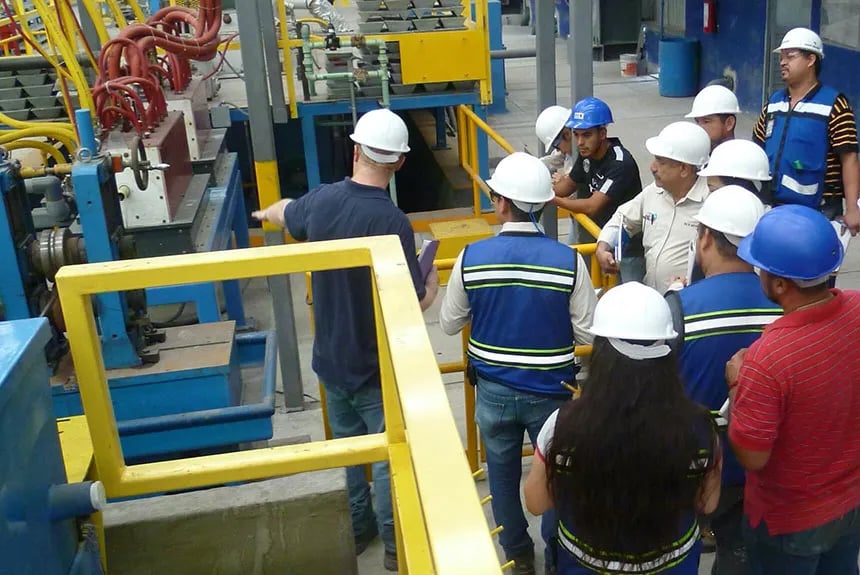Authored by Pete Chifo, Jr.
ORIGINALLY PUBLISHED IN TUBE & PIPE TECHNOLOGY MAGAZINE
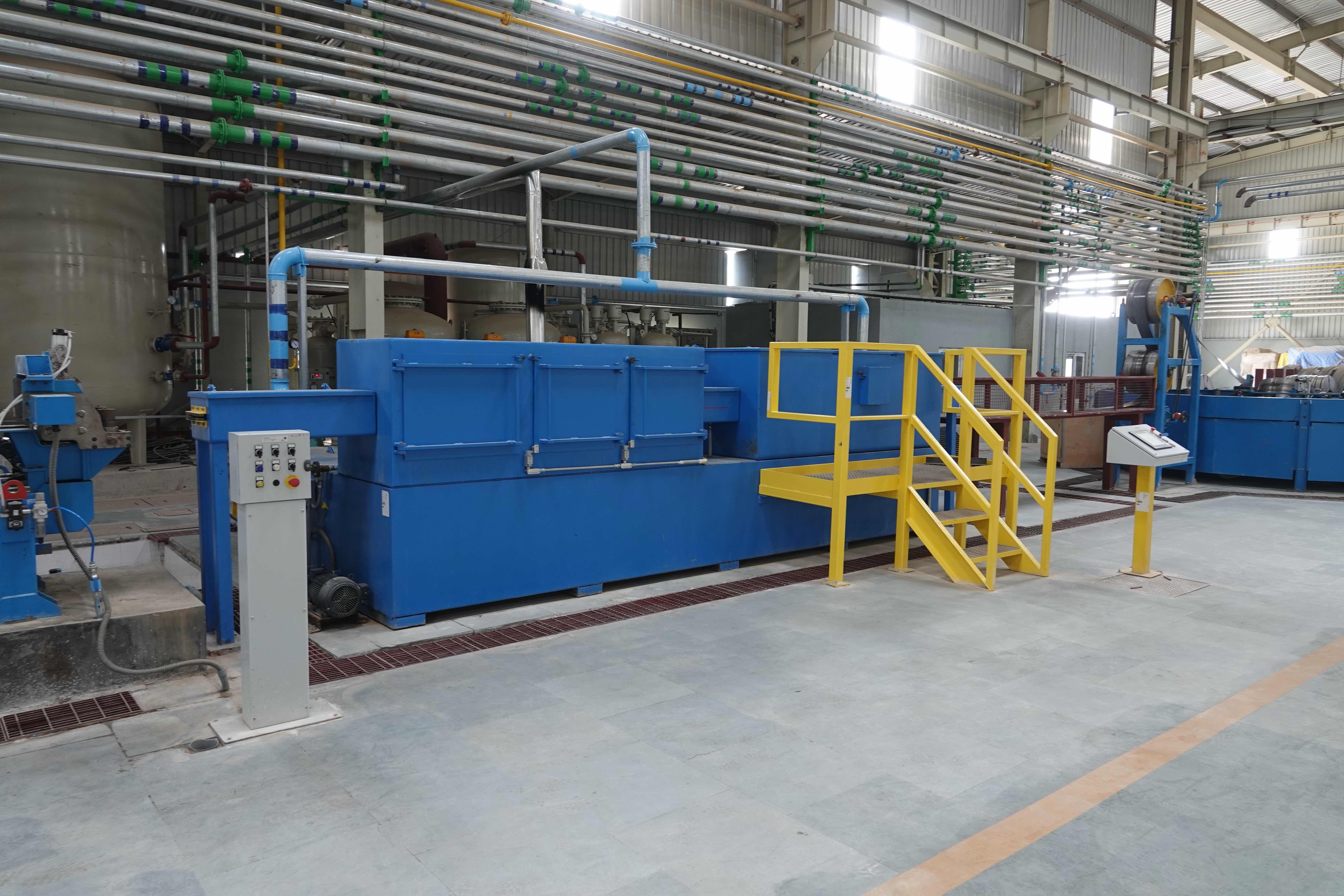
This article will inform you of the vast opportunities available to tube producers to expand into rapidly growing, profitable markets through utilization of the inline galvanizing process.
While In-Line galvanizing systems have been used for over three decades by a relatively small group of producers, market expansion for its end use products have made the process attractive to a variety of tube producers worldwide. Traditionally the most common finished products for In-Line systems have been electrical conduits and fence tubes. Recent developments in line designs and technologies have enabled a number of new uses which can be manufactured more efficiently and far more cost effective than by other galvanizing processes.
To begin, I would like to identify the most common alternative methods of galvanizing tubular products and shapes.
They are:
- Hot Dipped Galvanizing
- Electroplating Operations
- Conversion of Pre-Galvanized Strip
While admittedly there are a few inherent advantages of each of the preceding methods, their disadvantages far outweigh their value to tube producers. As the technology of these methods are widely known, I will not address the details of these designs. Instead I will present the case of why the In-Line process is far more valuable to the modern-day producer.
The In-Line Galvanizing Process
As its name suggests, the In-Line galvanizing process incorporates all the basic steps of galvanizing the uncoated steel surface into the tube production line. This is accomplished by installing the cleaning, internal coating, zinc application, thickness control and cooling equipment into the production line between the forming and sizing mills. The result of this technology is a galvanized finished product, converted from coiled strips, ready to ship in as little as twenty seconds. The benefits of both efficiency and economics are substantial.
What Makes the In-Line Process Superior?
- Flexibility of Production
Aside from the economic benefits which will be discussed in greater detail later in this article, the most substantial benefit of the In-Line process is its flexibility of production. As stated previously, all alternative methods have significant production limitations in their use. The basic limitation associated with the In-Line process relates directly to the limitations of the tube production line. Any size, gauge, length, or speed that your tube mill can produce will be efficiently converted to a finished product, ready for shipment by the time it reaches your bundling station.
By providing total zinc thickness control on-line you are able to cost effectively produce a finished product with zinc coating weights of between 10 to in excess of 25 microns. The benefit of this is your ability to apply only the coating weight which is required to meet your customer’s end use specification without consuming excess zinc.
This flexibility will allow you to target markets based upon their demand and associated profitability.
Changing production for various end uses is accomplished on-line, in most cases without interruption of production. Production volume is no longer limited by off-line operations. Product length is no longer limited by hot dip kettle dimensions. Product end use is no longer limited by pre-galvanized stock on hand. Environmental issues are of no concern as the In-Line process is an environmentally friendly system. Your options are virtually limitless.
- Economic Benefits
Technology in and of itself is of no value unless it provides a benefit. Economic justification is many times the sole justification for investing in new technology and equipment. The economic benefits associated with the In-Line process are many.
As stated above, on-line control of zinc coating weight is easily accomplished with minor adjustments which are affected immediately while the line is in operation. The variation in required coating weights of end use specifications make this a very attractive feature of the In-Line process. In most cases pre-galvanized materials are produced to steel mill implemented specifications such as G-60 and G-90 grades. Should your specification fall between the mill specifications, you are depleting profits. The limitations associated with the utilization of hot dip processes do not easily allow for production of lighter coating weights. Again, In-Line processes allow an infinitely adjustable range of coating weights of between 10 to in excess of 25 microns. This can result in zinc cost savings of over 70% per ton when compared to hot dip processes.
The elimination of work in process inventories results in further savings. In either of the electroplating and hot dip methods tubes must be produced and inventoried as work in process waiting galvanizing or plating. The In-Line process completely eliminates these costs as the product is converted directly from raw material to finished product In-Line. When the tube exits your bundling station it is ready for immediate shipment. Additionally, as in any material handling operation, damage can and will occur during staging. As no material handling is required during the In-Line operation, this cost of damage is eliminated.
More efficient utilization of factory space is yet a further benefit of In-Line processes. Allocation of factory area for work in process inventories is completely eliminated and when compared to hot dip or electroplate operations, the inline process needs only a fraction of the space required by alternative production methods. This is a benefit overlooked by many but a major benefit nonetheless. If you consider initial construction costs associated with new installations, the monthly debt service for allocated space or the freeing up of space for more value added operations the benefit becomes significant and one that continues to provide a return year after year.
The manpower required to staff the operations of an In-Line process typically results in the addition of one to two semi-skilled operators. Compared to hot dip and electroplate operations this compares quite favorably. Additional manpower savings from a reduction of indirect administration support is also realized with an In-Line process.
Finally, and perhaps most importantly is the amount of value added per ton per investment unit. When evaluating contribution of value added and profitability per ton, In-Line processes make a very strong statement and provide a fairly rapid payback period even with moderate production volumes. Line capacities range up to in excess of 50 tons per hour depending on product diameter and wall thickness.
- Finished Product Quality
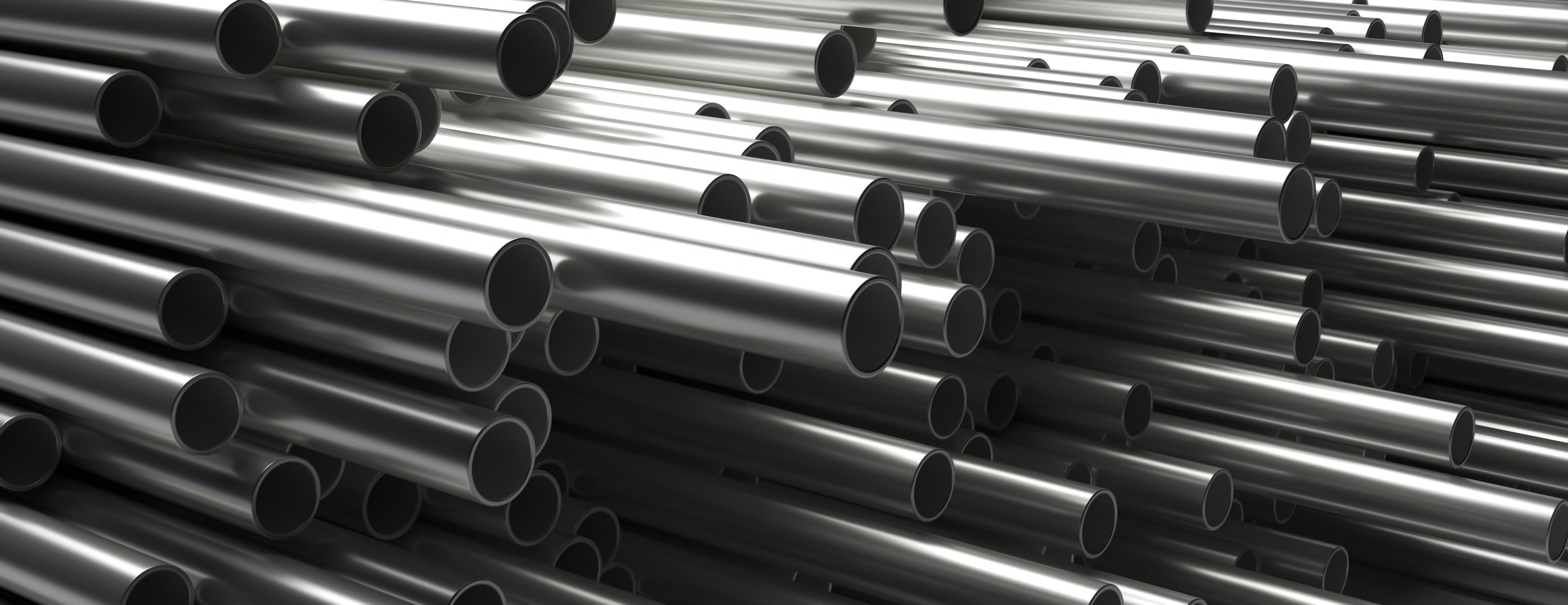
Products manufactured utilizing an In-Line galvanizing process exhibit a superior high-quality surface finish. Inherent in the process design is its ability to consistently produce an appealing product with the highest level of quality. The bright high luster finish is far more appealing than the alternative hot dip product which is typically dulled from the lead concentrations commonly utilized in these processes of zinc kettles. The surface is also free of spangle and discoloration which is brought about by post galvanizing operations required to re-straighten the tube.
The fully fused alloy zinc surface also compares favorably to pre-galvanized products in both performance and surface finish. The weld seam of products manufactured from pre-galvanized strips needs repair normally by means of a metalizing process; it is common for these products to have two visibly distinct surfaces. Additionally, it is not uncommon for this metallized area to fail well before the body of the tube.
Typical End Use Products
Once again, due to the flexible nature of the process a wide variety of products can be produced more efficiently and at a lower cost as compared to alternate galvanizing methods.
The following is a listing of end uses now being manufactured on In-Line systems:
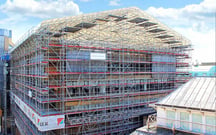
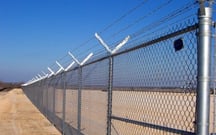
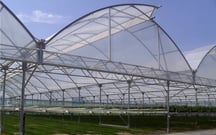
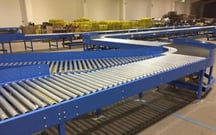
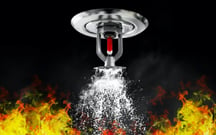
- Electrical Conduits
- Fence Tubing
- Greenhouse Tubing
- Fire Sprinkler Tubing
- Scaffolding Tubing
- Racks and Shelving
- Agricultural Products
- Highway Signposts
- Gates and Enclosures
- Irrigation Tubes
- Structural Tubing
- Square Tubing
- Mechanical Tubing
- Conveyor Rolls
- Tubing for Playground Equipment
- Tubing for Automotive Use
The markets for products which can be produced utilizing the In-Line process are expanding at a rate which is exceeding the demand of traditional tube mill products. Consumers of tubular products and customers of the end use products recognize the benefits associated with the quality and utility of tubes produced utilizing the In-Line process. The economic as well as the physical properties of products manufactured by other galvanizing methods have limited the end use of such galvanized tubes and pipes.
Having the unique ability to apply the proper weight of coating to economically provide a superior product makes In-Line production suitable for a number of new end uses. By adding value online, the progressive producer can realize a dramatic increase in market demand and profitability associated with this process.
The fully fused galvanized surface again provides corrosion protection exceeding that of tubes converted by the use of pre-galvanized strips with a metallized seam. The result is a tube or pipe which provides years of economic life and a higher value for end use products. This is achieved while reducing the cost of conversion for the manufacturer and a desirable outcome for all involved. When comparing the galvanized surface to that of a topcoat of pigmented or clear coatings the galvanized surface provides the benefit of being a self-healing surface. Unlike solvent or water-based coatings, if the zinc surface is scratched, its self-healing properties will actually continue to provide protection to the metal substrate. The superior aesthetic surface of In-Line products provides a shiny, almost chrome-like appearance that is preferred over a hot dip product. When coupled with a properly designed secondary coating system, you can add additional protection against corrosion while further enhancing product appearance. Presently both clear and pigmented coatings can be applied through a variety of application and curing methods to yield a finished product which eliminates the cost and time required by off-line or off-site coating operations.
Yet another beneficial characteristic of an In-Line product is the significant increase in strength which is a by-product of the processes quenching operations. As the parent metal is heated to galvanizing temperatures and rapidly cooled, yield strength is appreciably enhanced. In the event that the end use requires higher yield characteristics such as with greenhouse or structural tubes, the In-Line product accomplishes this without additional raw material chemistry costs. Yet another savings realized by the producer.
What Does This Mean to The Producer?
In summary of the above facts, the In-Line process has become a valuable tool to enhance the position and profitability of the modern-day progressive tube and pipe producer around the globe. By providing manufacturers the ability to become a “niche” producer with the flexibility to react to the most profitable, fastest growing markets, the In-Line process is one that should be strongly considered for cost effective, value added production. Remember the quality output produced from our process could not be matched with any other process available.



